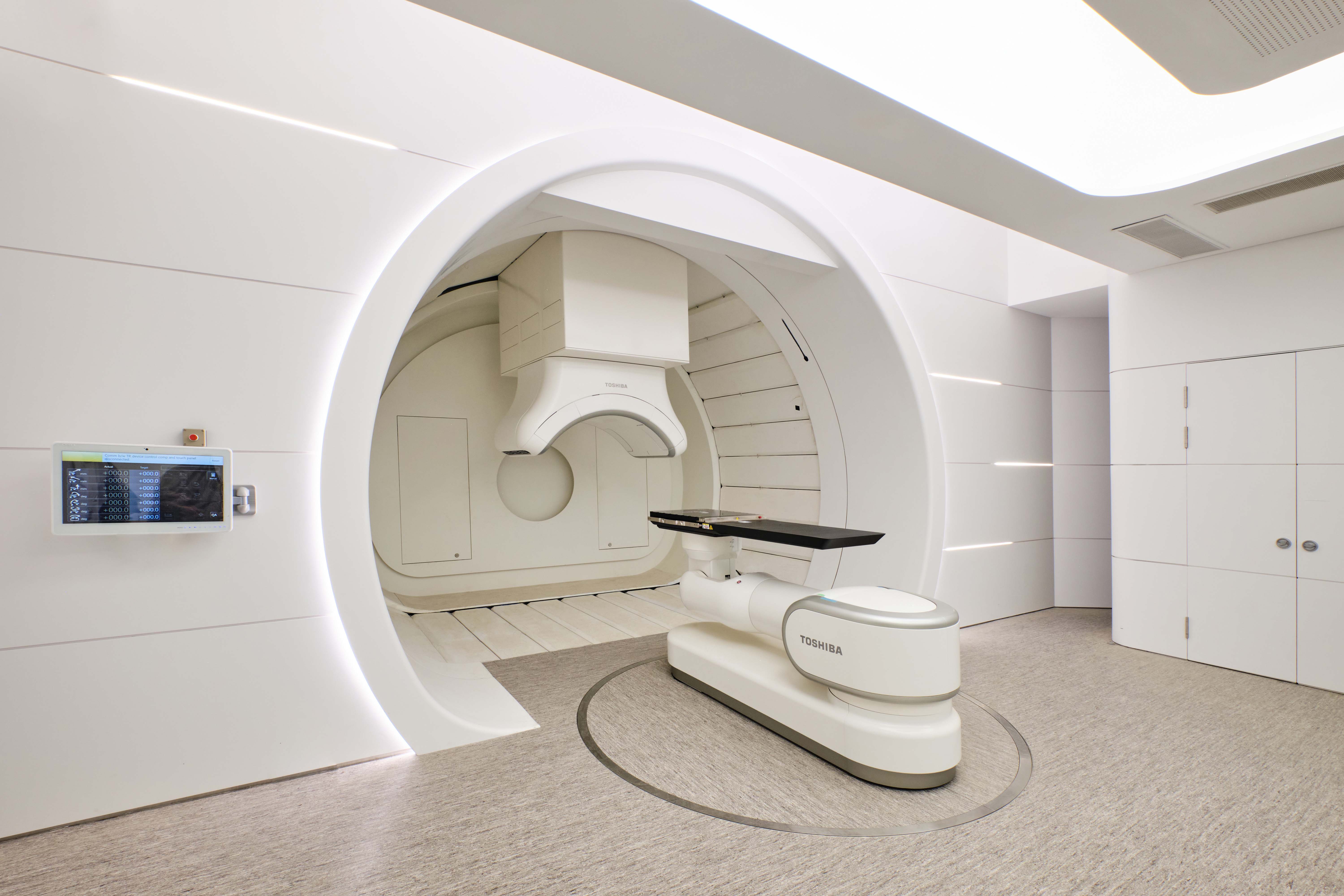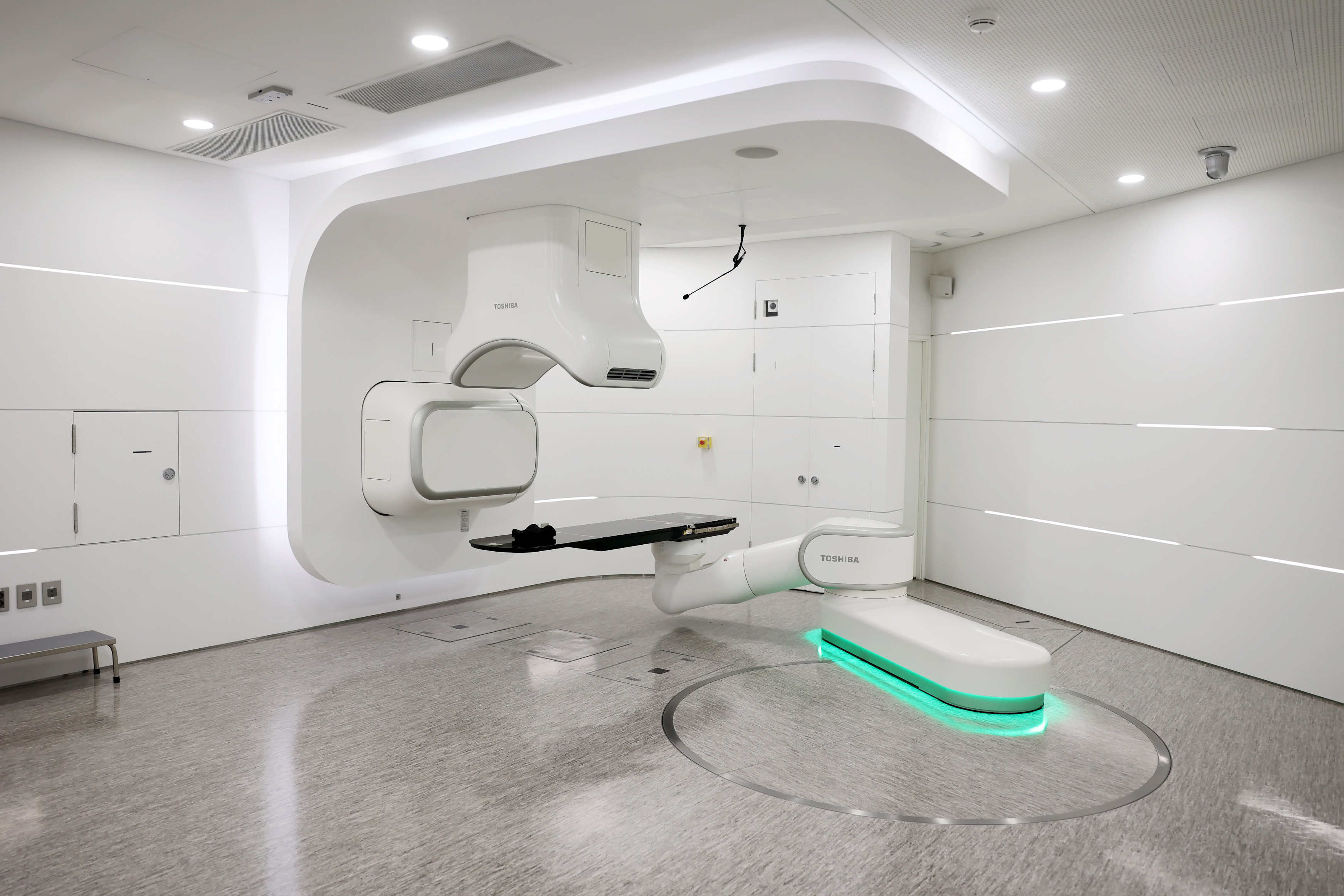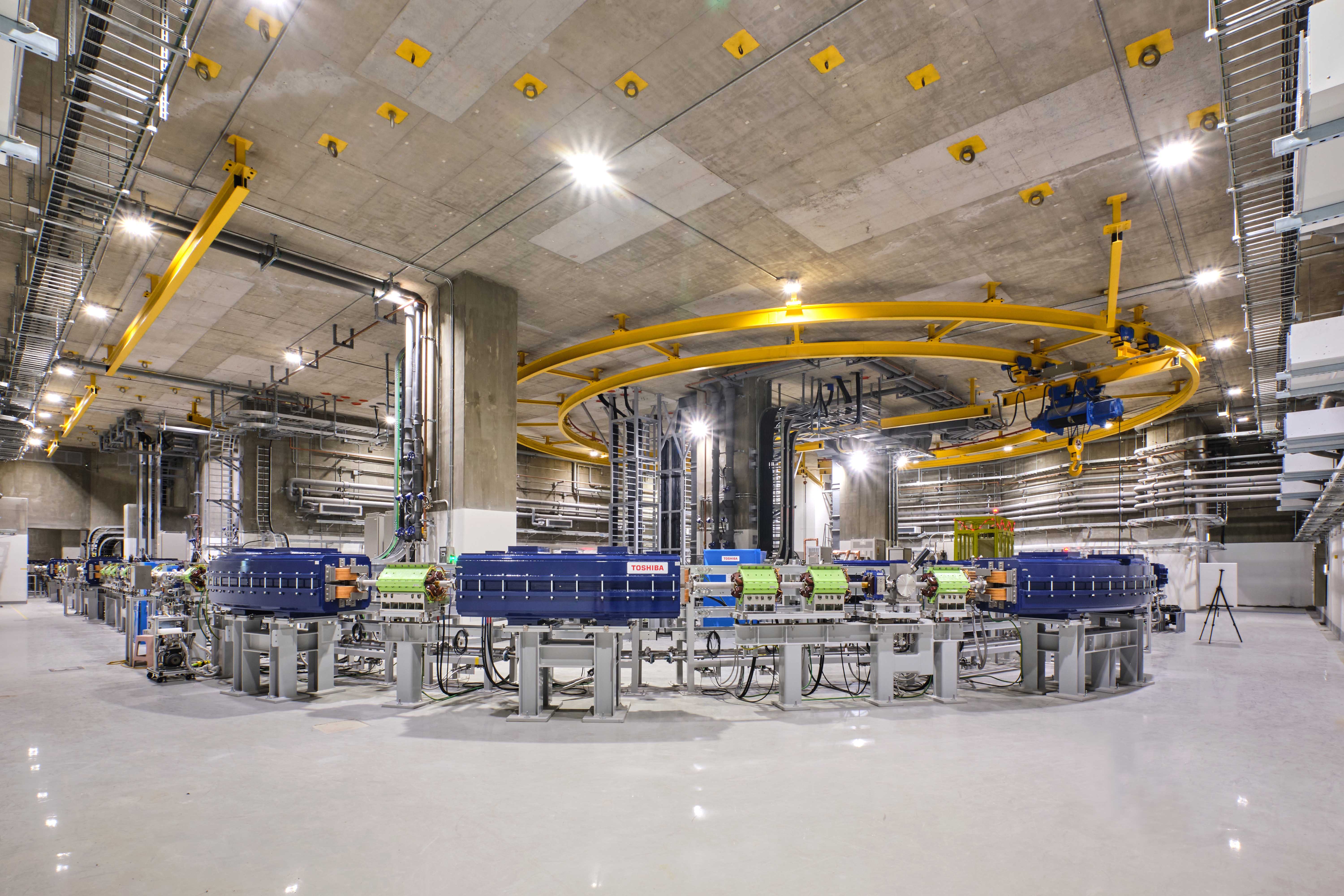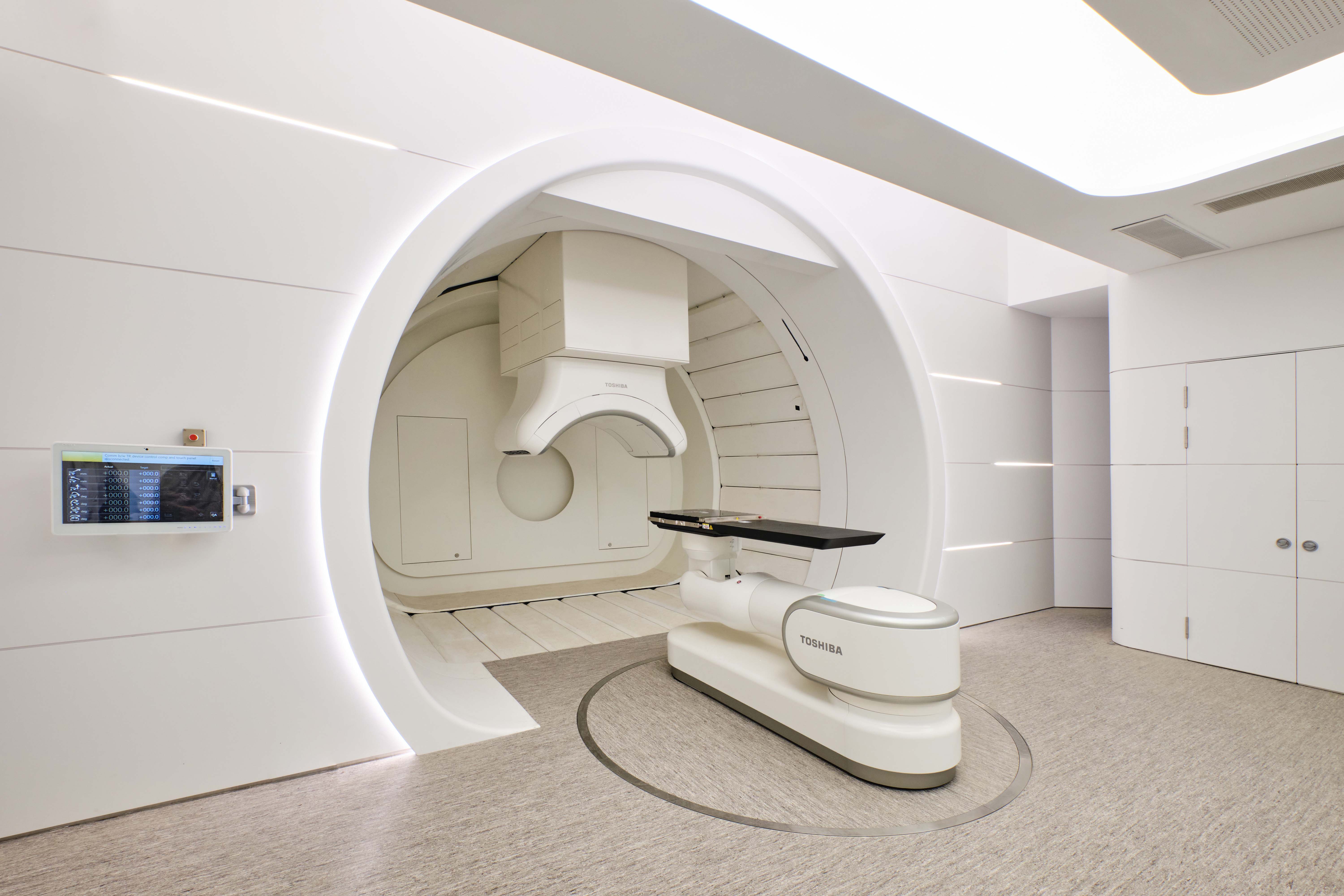- First to Implement “Heavy-Ion Therapy” for Cancer Treatment November 23, 2023
-
the most effective cancer treatment to date in South Korea

In April 2023, the Yonsei University Severance Hospital became the first institution in South Korea to introduce heavy-ion therapy for cancer treatment, marking a significant milestone in the country’s healthcare landscape. Severance Hospital fulfills its social stewardship by implementing a novel treatment modality to treat severe and incurable diseases.
Heavy-ion therapy uses a synchrotron accelerator to accelerate carbon atoms to nearly the speed of light and precisely irradiates cancer cells using a fixed or rotating treatment device. It has shown superior efficacy compared to conventional radiation therapy and proton therapy in use at hospitals in Korea. This is attributed to the biological effects of heavy ions, which are known to be approximately 2 to 3 times more effective than X-rays and protons due to their 12-fold higher mass. The greater mass translates to a higher impact intensity on cancer cells.
Minimizing the impact on surrounding healthy tissues means that the patient suffers from fewer side effects and sequelae after treatment. Thus, this treatment is expected to lead to an overall improvement in the quality of life for cancer patients as well.
Heavy-ion therapy can be applied to nearly all solid tumors (hence excluding blood cancers), and it is particularly more effective in cases involving cancer cells in oxygen-deprived environments, which had been difficult to treat with conventional methods. These oxygen-deficient cancer cells exhibit remarkable resilience, surviving even under conditions of low oxygen supply. They are notoriously difficult to treat with high-dose radiation or conventional chemotherapy due to their resistance to penetration by anti-cancer drugs.

Severance Hospital has introduced three heavy-ion therapy machines, including one fixed and two rotating devices. The rotating devices offer the advantage of 360-degree rotation, enabling precise irradiation from any direction, and reducing the average number of treatment sessions required. On average, patients receive only 12 treatment sessions, which is half the number required for X-ray or proton therapy. While each patient’s treatment time is approximately two minutes, additional time is needed for preparation. Thus, the 3 machines can accommodate approximately 50 patients per day. Furthermore, patients experience minimal discomfort after treatment, allowing them to return home immediately after treatment.
Severance Hospital is the first to implement two rotating heavy-ion therapy machines. Currently, there are only 10 hospitals worldwide equipped with heavy-ion therapy capabilities, with just 2 hospitals in Japan and 1 in Germany featuring rotating devices. And even these three hospitals only have one single rotating machine. The advantage of rotating devices lies in their ability to precisely target cancer cells with the most effective direction of irradiation, enhancing treatment efficacy while minimizing side effects.

Heavy-ion therapy has the potential to improve survival rates for various solid tumors, including pancreatic, lung, and liver cancers. It is expected to be widely used in the treatment of rare cancers, such as bone and soft tissue sarcomas, chordomas, and malignant melanomas. Further, it will be useful for the treatment of prostate cancer as well, owing to the lesser side effects and improved patient convenience. Such potential of this therapy has been documented in many cases in Japan.
show mobile menu
mobile menu




